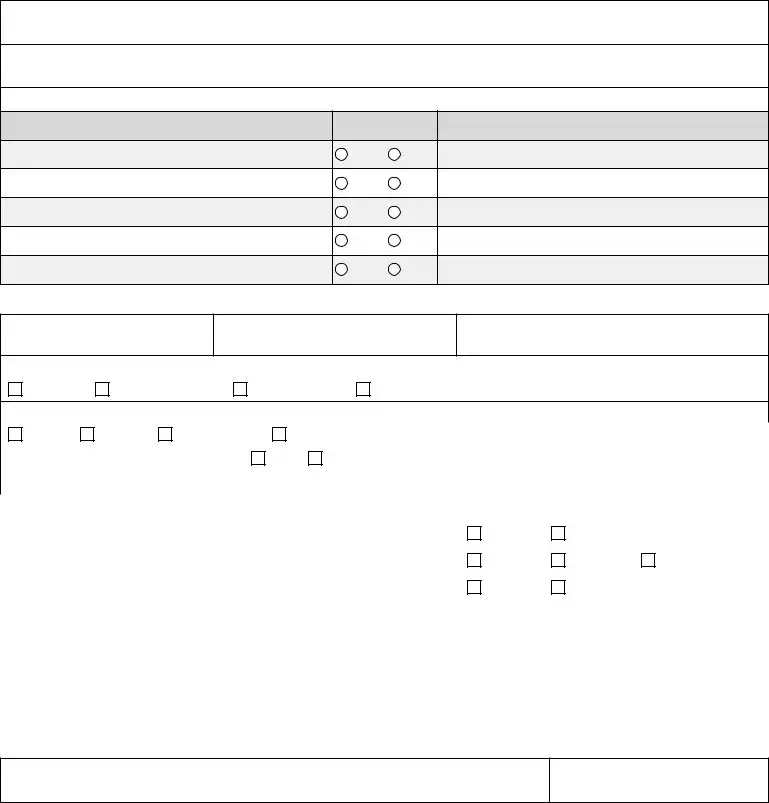Fill Out Your H1857 Form
The H1857 form is a crucial document known as the Landlord Verification Form, which is essential for evaluating a household's rental situation. This form must be completed by the landlord or a representative of the landlord to ensure accurate information about the tenant's residency and rental payments. To assist in this process, kindly fill out the necessary details and return the form using the provided postage-paid envelope.
Ready to help? Please fill out the H1857 form by clicking the button below.
Launch H1857 Editor Now


